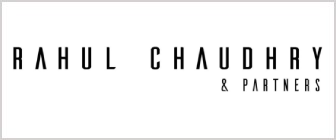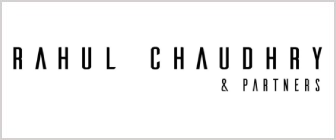Personality rights, commonly known as ‘right of publicity,’ guarantees an individual right in one’s personal attributes such as appearance, signature, voice, silhouette, face, features, gestures, expressions, mannerisms etc, paving way for an individual to use and commercialise one’s identity. Such right in the context of a well-known celebrity or a public figure gives emergence to celebrity rights conferring exclusive rights to such celebrities to control commercial use of their own personality traits. Personality rights also create an association in the minds of the general public with a particular individual and thereby also inviting application of the laws governing trademarks.
The Indian jurisprudence on personality rights is still emerging and developing and though there are no specific laws protecting an individual’s personality rights, the same are being protected through judicial precedents. Recently, the Delhi High Court bench led by J. Navin Chawla in the case of Amitabh Bachchan v. Rajat Nagi & Co1 once again paved a way for discussions surrounding legal protection afforded to personality rights in India by way of granting an ad-interim ex-parte injunction in favour of the world-renowned actor Mr. Amitabh Bachchan by restraining the defendants from misusing the celebrity status of the actor including his image, voice, and other personality traits to promote their lottery scams and other misuse by mobile application developers, book publishers, T-shirt vendors, registering his name as a domain name, etc.
Celebrities are often associated with their signature poses and voices as well. For instance, the iconic Moonwalk is immediately associated with Michael Jackson or the deep Baritone voice of Mr. Morgan Freeman is recognizable worldwide. Since signature poses and voices also act as a source identifier, can these personality traits be really protected under trademark law?
Usain Bolt’s registration for his signature “lightning pose/bolting” 2and the registration of famous pose of the Turkish chef (Salt Bae) sprinkling salt in his unique manner
3 are relevant examples of trademark registrations of signature pose in EU. In U.S.A, trademark registration has been granted to the “Vitch” salute
which translates as “for sure” promoted by Sweden Tennis player, Niclas Kroon as a way of celebration after a match.4 Usain Bolt also has a pending application for its lightning bolt pose in U.S.A.5 Even in UK trademark registration has been granted to the signature pose of Gareth Bale i.e., “Eleven of hearts”
gesture6 , which is his way of celebrating a goal. Similarly, discussion of trademark on celebrity voices would be incomplete without Pitbull’s signature “EEEEEEEYОООООО” yell being one of the first trademarks by a music artist in USA.7
Real life images of trademarked signature poses of Usain Bolt, Niclas Kroon ,Salt Bae Michael Jordan and Gareth Bale respectively.
REGISTRATION OF SIGNATURE POSES AND VOICES OF CELEBRITIES IN INDIA AND ITS CHALLENGES:
In India, any device, brand, heading, label, ticket, name, signature, word, letter, numeral, shape of goods, packaging or combination of colours or any combination thereof which can be represented graphically and is capable of distinguishing the goods or services of one person from those of others can be registered as a trademark.8
In view thereof, as long as signature poses and voices can be represented graphically and the concerned celebrity can prove its distinctiveness, they can be harboured protection under Indian Trademark Law. In fact, there has been an advent of trademark applications of signature poses in India by foreign entities. The lightning bolt pose of Usain Bolt has been applied in India for trademark registration and Nike’s famous Jumpman trademark which shows Michael Jordan’s slam dunk , has already been registered in India.9
Pertinently, all of the aforementioned examples of trademark registration for signature poses internationally as well as in India have been applied as 2D device marks and do not accurately capture the “moves” per se. For instance, the well-known signature style of Indian celebrity Rajnikant to wear his sunglasses, or the iconic Moonwalk would be afforded broader protection as a motion mark rather than a device mark. Similarly, the signature bolt pose would be better protected as a 3D mark instead of a device mark as the applicant might be able to show his stance from all possible angles instead of limiting it to a 2D silhouette. Even though India has lately been tolerant towards non–conventional trademarks and there has been a rise in applications for motion marks, 3D marks etc., it still lacks efficient procedures to streamline registrations of such non-conventional marks. For instance, India does not allow submission of video files for motion marks and still depends on graphical representation of the motions while granting protection to a motion mark. The depiction of the mark through a sequence of images might not portray the exact movements in the mark and hence establishing similarity between the motions of other marks might be challenging based on a series of images. Although such registrations guarantee protection from misuse of such mark in merchandising goods or services, the real-life use of the said pose by any person is not rendered as illegal.
Sound marks, on the other hand, have been afforded greater protection under the Trademark Rules, 2017, having specific provisions pertaining to the same. As per Rule 26(5) of the Trademark Rules, 2017, an application for a sound mark can be submitted in India along with its recording in an Mp3 format in a medium that allows easy playing along with the graphical representation of its notations.10 This opens up a plethora of possibilities for a trademark registration of sound marks in several forms including voices of renowned celebrities. However, the limitation of registering voices as a trademark would be the limited protection it shall guarantee, as a trademark registration on a voice would not provide unlimited and exclusive rights on the voice itself but rather would be limited to that particular phrase or note defined in the Mp3 file and notations. For instance, the trademark registration for Pitbull’s “EEEEEEEYOOOOOO” does not provide exclusive rights on Pitbull’s voice itself but are limited to the note as described in the Trademark application- “The mark consists of a man yelling "EEEEEEEYOOOOOO" in falsetto with "E" drawn out followed by a "U" sound” and the sound clipping submitted along with it such that no one else can commercially exploit this particular phrase. Other challenges involve claiming monopoly on one’s voice itself which might be an extreme form of protection and would lead to reconsideration of several aspects of media laws including ownership in a celebrity’s work based on his voice, completely changing the outlook on licensing, royalties as well as the jurisprudence behind the fair use defence and the prevalence of parodies in the entertainment industry.
Conclusion
Indian jurisprudence on protection of personality rights in evolving continuously. While Courts have been active in the protection of the personality rights of celebrities, there is a lack of awareness on scope of protection of such personality traits including signature poses and voices as trademarks. Even though the existing laws have their limitations, celebrities can take advantage of these provisions and seek trademark protection provided they justify the criteria of trademark protection. However, it is imperative to mention that, the mere existence of a well-known pose or voice without the intent of commercial use does not attract trademark protection as the ultimate aim of trademark protection is to prevent consumer confusion regarding a celebrity trait with an endorsement, a brand, or a product and not on the celebrity’s personal identity itself. However, due to lack of effective discussions, the scope of trademark protection on signature moves and voices of celebrities still remains unexplored in India.
As discussed earlier, for the trademark registration of “poses” or movements the current form of figurative protection or protection through series of images depicting the movement might not suffice. In order to overcome such issue, inspiration should be taken from EU wherein the criteria of graphical representation itself has been done away with and also submission of video files of motion marks has been accepted which provides a better opportunity to understand the motion in the trademark. Prior to the introduction of the EU trademark Implementing Regulation in 2015, trademarks had to be graphically represented which proved difficult for sound marks and one of the few examples of failed sound marks is the world-famous Tarzan Yell11 which was only successfully registered in 2006. Similar to EU, USA’s jurisprudence also focusses on distinctiveness of a trademark and its association for a particular good or service in the mind of the consumers rather than its graphical representation.12
Another challenge is the enforcement of such rights in India, as it might be difficult to identify a similar signature move merely based on sequence of images or the trademark description in office action citations as well as trademark journals. EU has tried to resolve this issue by publishing the URL of the video/ sound clippings of a motion or sound mark in the Journal itself so that the same can be easily viewed and analysed by other parties as well.13
About the author :
Sakshi Mathur is an Associate at Rahul Chaudhry & Partners. She is a 2019 law graduate from Institute of Law, Nirma University, Gujarat. With an experience of around 3 years, Sakshi is actively involved in handling all trademark prosecution matters of the firm.
1Amitabh Bachchan vs. Rajat Nagi and Ors. S (25.11.2022 – DEOR): MANU/DEOR/195516/2022
2EU Application nos. 009787573 (class 18) and 008669236(classes 09,14,16,25 and 28)
3EU Application no. 016271975 (classes 25 and 43)
4US Application no. 4135718 (class 25)
5US Application no. 97552042 (classes 9,14,18,25,28,41 and 43))
6UK Application no. UK00002657917 (classes 14, 18 and 25)
7US Application no. 5877076 (class 41)
8Section 2(m) and Section 2(zb) , Trade Marks Act, 1999.
9Indian application nos. 2855888 (classes 14, 16, 24, 26, 28, 35, 41, and 42)
10Rule 26(5), Trademark Rules, 2017.
11DECISION OF 27 SEPTEMBER 2007 – R 708/2006-4 – TARZAN YELL (SOUND MARK)
12In Re General Electric Broadcasting Company, Inc.199 U.S.P.Q. 560 (TTAB, 1978)
13EU Application no. 018804962 (classes 3, 5, 16 and 21)



